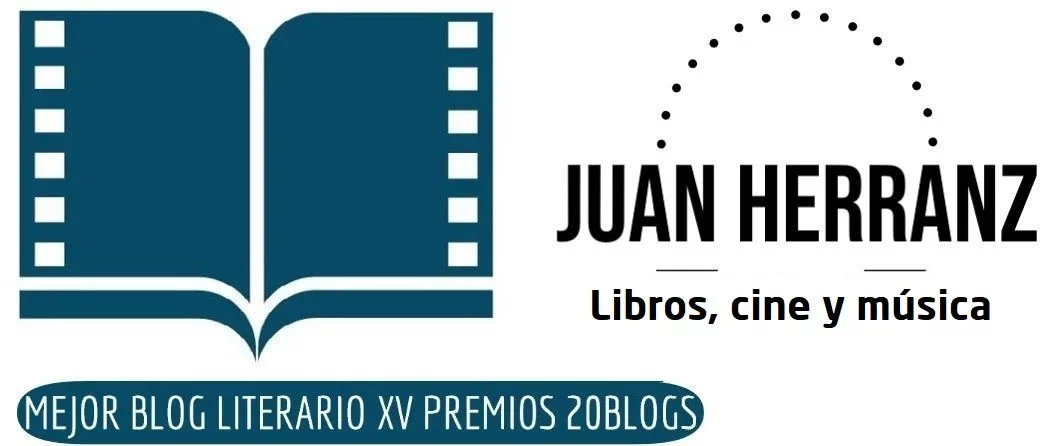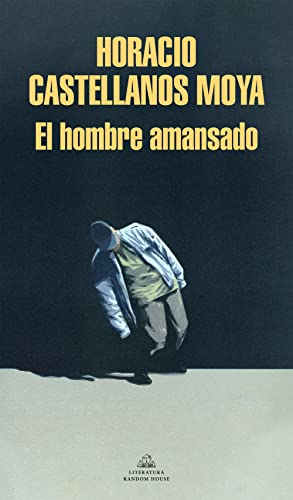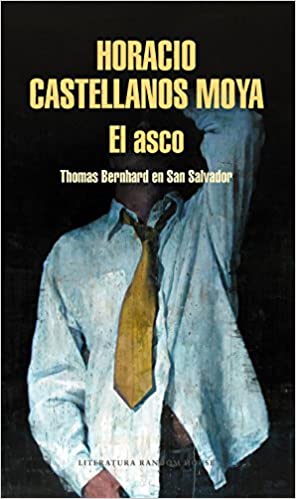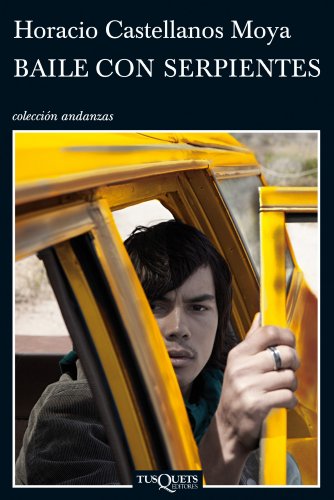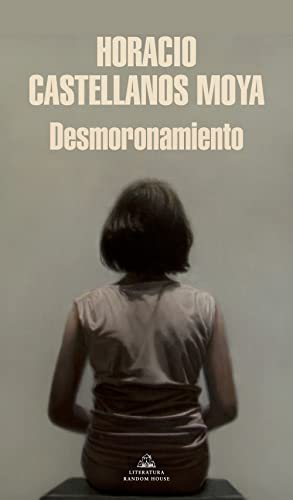In the literary there are two ways of narrating the disenchantment. An example can be Bukowski and all the dirty realism that surrounds it. Another way is Horacio Castellanos Moya, from whose disenchantment comes fierce criticism and satire and the story with a transforming intention. It is not a question of opting for neither but rather of enjoying both. It is the good thing about creation, in this case of literature, it can be enjoyed in any sense.
If to that intention of raising the cards and shaking the carpets of a social reality that suffers from any vestige of humanity, we add a plain language that nevertheless delves into relevant social and political issues, we find an author who reaches who most cares about it, readers of any condition who find in his style a clear reflection of their world.
The colloquial at the service of a necessary mimicry of the underprivileged classes, with a background of awareness that takes hold of the intense monologues and the liberated descriptions of every social and political context of so many and so many countries in which this writer has resided.
Top 3 best novels by Horacio Castellanos Moya
the tame man
Alienation is a state of mind like a fish out of water. On the contrary, the feeling of belonging is rootedness, from the nuclear or the family to the terroir and beyond that the human being gasps for an already unnecessary survival. However, if the existence of a small fish, moved by the inertia of the bank, was ever important, it is in that alienation of the stateless person. Because that is when the raging and incomparable humanity is appreciated as an epic that transcends everything.
Erasmo Aragón suffers an abrupt change of life when he loses his job after being falsely accused of sexual abuse. The tension that this incident generates leads him to bury the memories of him. Subdued by anxiolytics, he leaves behind the uninhibited person he was and is transformed into a being tortured by paranoia and in a permanent state of alert. During the rediscovery of himself he will meet Joselin, a nurse who works in the psychiatric clinic that follows her treatment and whom he will cling to like a straw. To sever any connection with her past, Erasmus starts a new life with her, in Sweden, that will be buried by an avalanche of dissatisfaction and dependency.
In this brief but intense novel, Horacio Castellanos Moya addresses one of the central themes of his work: the uprooting that the existing conflicts entail for the people of various regions of Latin America: people to whom life has been denied; doomed, irremediably, to wander the world. Erasmo Aragón gives voice to those who live between two waters, with one foot in their homeland and the other in countries that are hostile to them: while they try to maintain a certain balance, the certainty of a home escapes from their hands.
Disgust
You could say disgust, disgust or aversion. But undoubtedly "disgust" is the most accurate word at street level to describe a feeling of the magnitude of what Edgardo Vega feels. Eighteen years later the protagonist of this novel returns to his country El Salvador for the funeral of his mother.
On his return, his old partner Moya is still there. It will be this friend who receives Edgardo's scathing revenge. With his fists-like truths, expressed with the weight and forcefulness of the powerful language of the street, Edgardo uses Moya to tell us all that disgust he feels for meanness, for the capacity of his compatriots (and probably by extension to any persona) to mimic chameleon with the interests of the powerful in exchange for crumbs.
The meeting between Vega and Moya, in the heat of a slum serves for that diatribe that splashes every institution and person in El Salvador. It can be thought that the idea of a guy ranting with a friend in a bar is a cowardly attitude ..., but the reality is that the author is speaking, and he does it openly with this book for any reader in the world.
Dance with snakes
A very special fable that ends up having many readings. A kind of smooth stroke allows elucubration and interpretation. Symbols that seem to lead us precisely to that to the submission of our value judgment to the facts.
It all starts as one of those strange dreams, a raggedy guy behind the wheel of a classic car. A stranger approaches him, his name is Eduardo Sosa and he seems to want to do the work of the day, giving him a conversation and asking him about his origins ...
And at that moment the fable is unleashed, or the dream of a strange fable that summarizes the unique events that are triggered from that encounter and that are thrown into a multitude of assumptions.
Other recommended books by Horacio Castellanos Mora
Crumbling
Erasmo Mira Bossa is unhappily married to Lena. In his role as lawyer and president of an important Honduran political party, he is obliged to maintain the forms. But neither he knows if he has any love for his wife Lena, nor is Lena capable of feeling anything more for him than contempt and resentment.
The disappearance of all marital roots is not something gratuitous, the tragedy loomed over them some time ago and the coexistence sustained since then is a double trench established face to face. Under his dominions, the twin daughter Teti, the only survivor of the tragedy, ends up leaving home.
She seems to have become the focus of all the frustrations of a home that is no longer such. The passing of the years invites us to travel through this set of lives whose ties we would like to cut. Violence and despair, tragicomic moments and a narrative tension that invites us to consider the ease in the triumph of evil over a good that always seems to have excuses to disappear.
Parallel to the history of this family, we also observe the passing of the history of countries such as Honduras or El Salvador during the late twentieth century.
